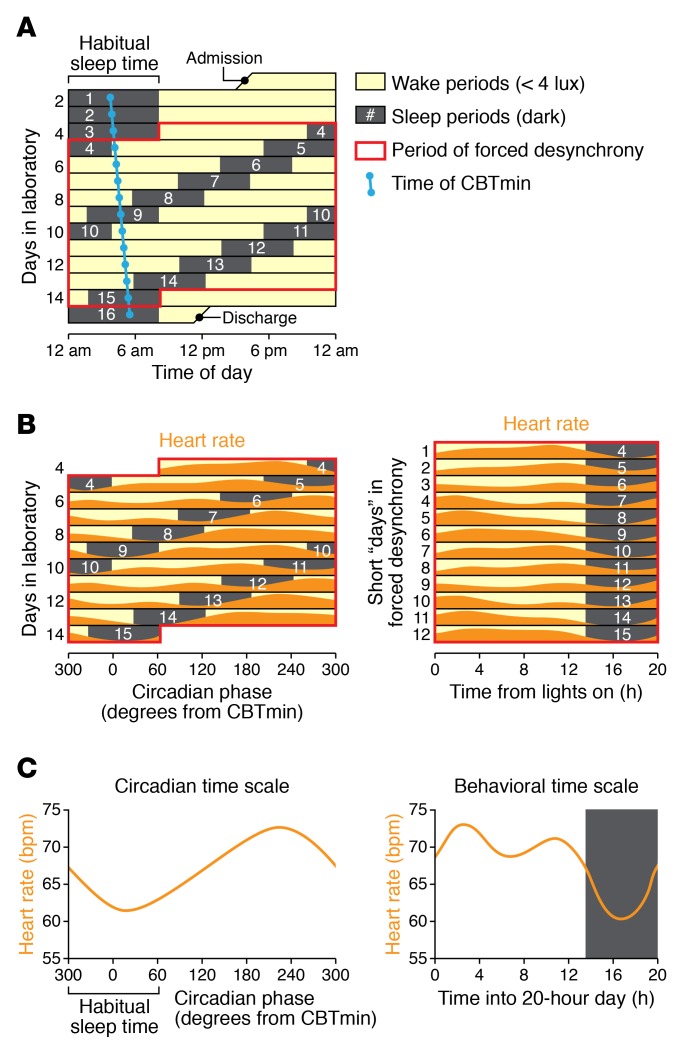Figure 3. Example of a forced desynchrony protocol to separate the effects of the endogenous circadian system from the effects of daily behaviors.
(A) Over 15 days, lights are dim during wake periods and off during sleep periods to allow the circadian clock to tick at its own rate (usually slightly longer than 24 hours — shown here by the slowly drifting core body temperature minimum [CBTmin]). During the forced desynchrony portion (boxed in red), participants experience recurrent identical sleep/wake cycles evenly spread across the circadian cycle (here, each sleep episode is 6.67 hours and wake episode is 13.33 hours). Scheduled wake episodes are shown in yellow and sleep episodes are shaded gray. (B) Data are collected across the protocol. Model heart rate data are shown for one trial and plotted as a function of circadian time (left) or of time into each imposed 20-hour sleep/wake cycle (right). Note the relatively high heart rate during the wake episodes versus sleep episodes. (C) Raw data are averaged across different time scales to reveal endogenously rhythmic components and behaviorally elicited components. Here, despite identically scheduled behaviors in each wake episode, there is an overall approximately 24-hour rhythm, with low heart rate at the time of habitual sleep (left). As expected, heart rate is lower during (actual) sleep episodes than during waking episodes (right).

